3.1 Beginning to Create Images
3.2 Creating Still Images
3.3 Understanding Colors
3.4 File Formats

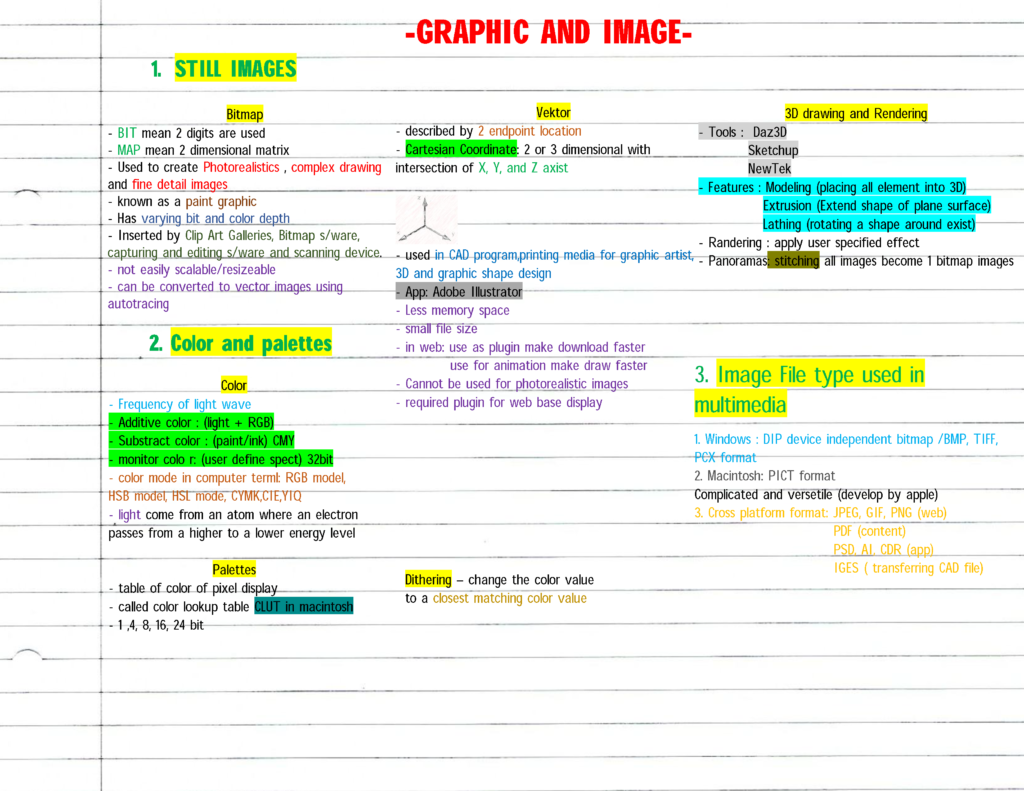
3.1 Beginning to Create Images
3.2 Creating Still Images
3.3 Understanding Colors
3.4 File Formats


2.1 Importance of Text
2.2 Attribute of Text
2.3 Usage of Text in Multimedia
2.4 Usage of Text in Computer
2.5 Font Editing and Design Tools
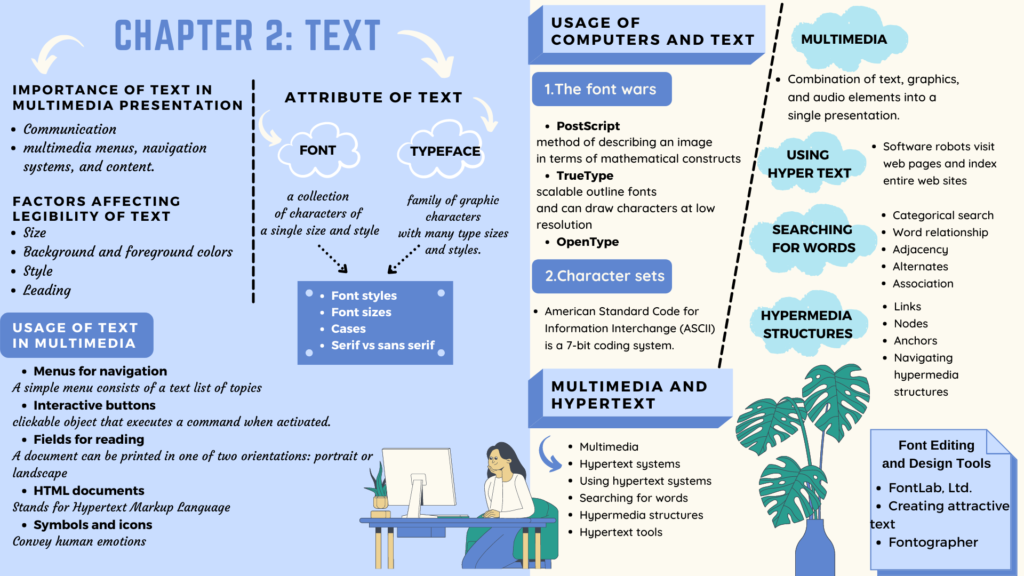
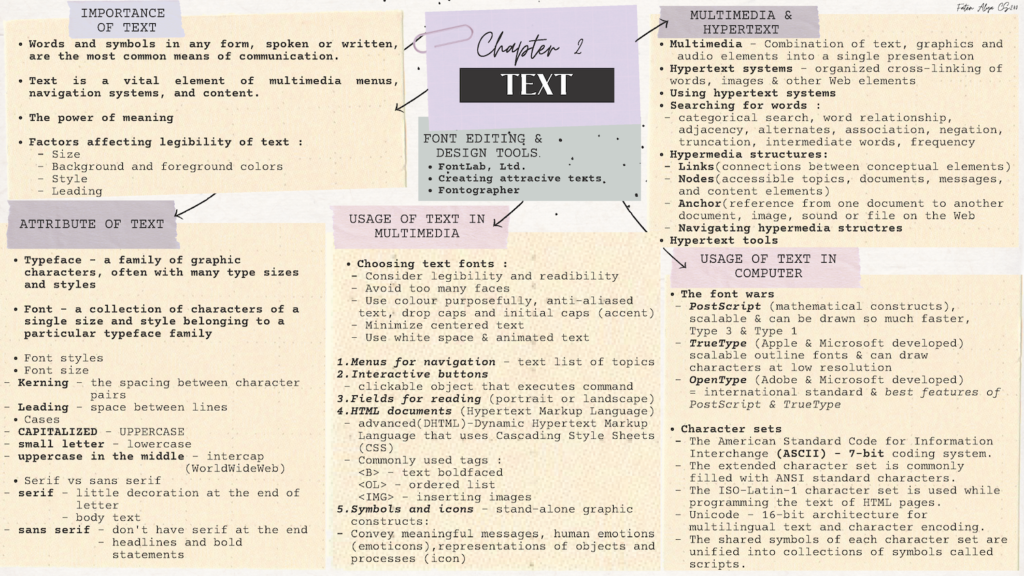
1.1 Basic definition
1.2 Media of Delivery
1.3 Common Usage of Multimedia
1.4 Understanding Virtual Reality


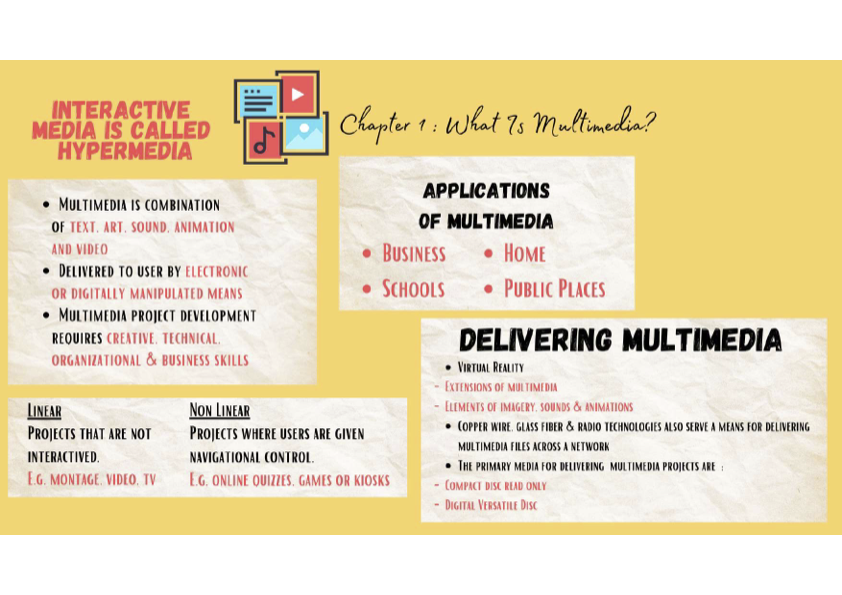
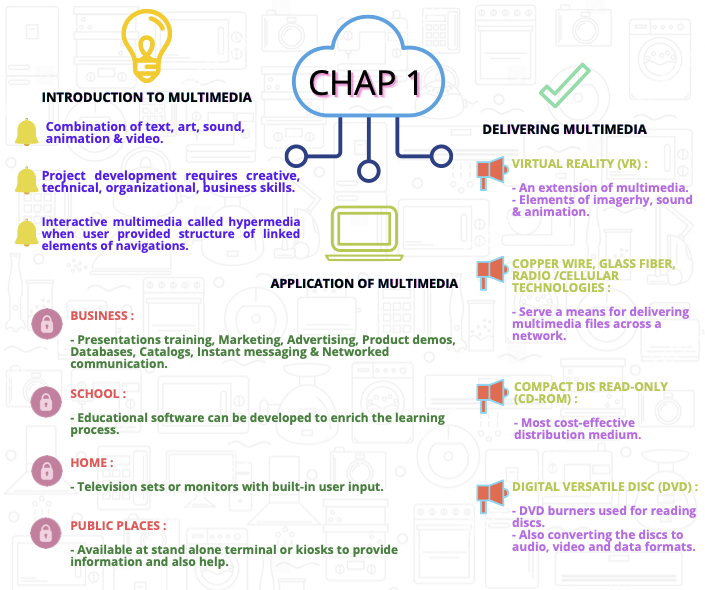
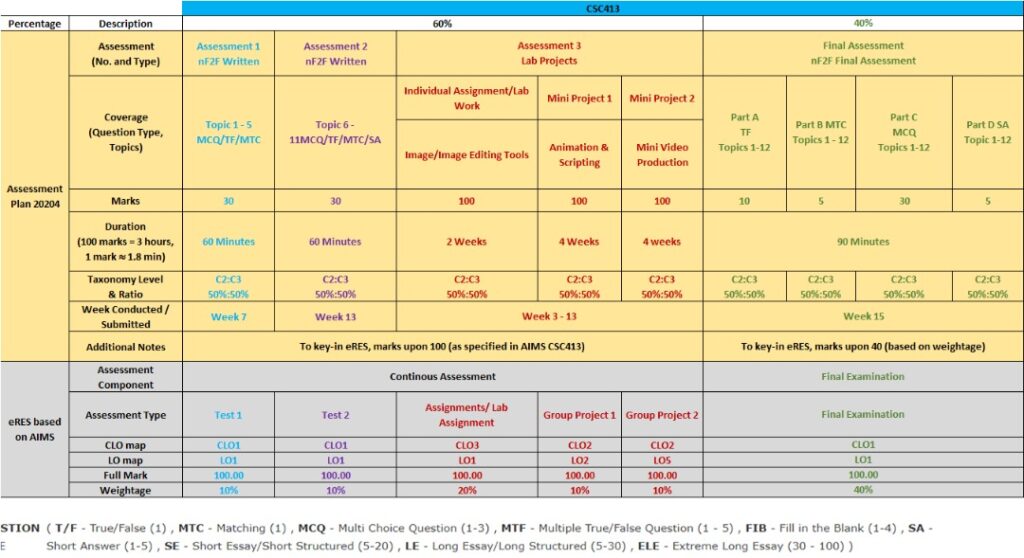
Lab assignment – 20%
Group project – 20%
Test 1 – 10%
Test 2 – 10%
Final assessment – 40%
Total : 100%
Passing grade:C (50%)
Topic 1 – 6
Objective and subjective
Topic 7 – 12
Objective
TITLE: POSTER
Poster is one of the best ways to advertise and deliver your message to the end user. Your goal is to create a promotional poster for upcoming event of your organization. You need to plan on how you want to organize the information so that it is easy to the people to capture the message.
Detail for poster as per following:
ORIGINALITY: Since we’ve been doing some tutorials and you’ve been honing your skills; I do want to see clear evidence that you are learning to create your own effects rather than relying on simply copying and pasting. 90% or more of the cover design has to be of your own ORIGINAL creation. At this point all of your layers must skillfully blend seamlessly together.
All pictures must be of high quality, high resolution images. You will save your work as a .jpg file and .psd. Include all of the following text elements into your cover:
* Event title
* Organization logo
* Sponsor logo (if any)
* Event details: Time, date, venue, contact person etc. (Use your date of birth for date, and venue is a place in your hometown
* Picture of the main speaker(s) / guest(s) (Use your own picture)
* Images and graphics related to cover
* Other related information
Submission
Upload the project file (.psd) and exported poster in .jpg file format in the assignment (UFuture). Assignment will be created later.
Submission
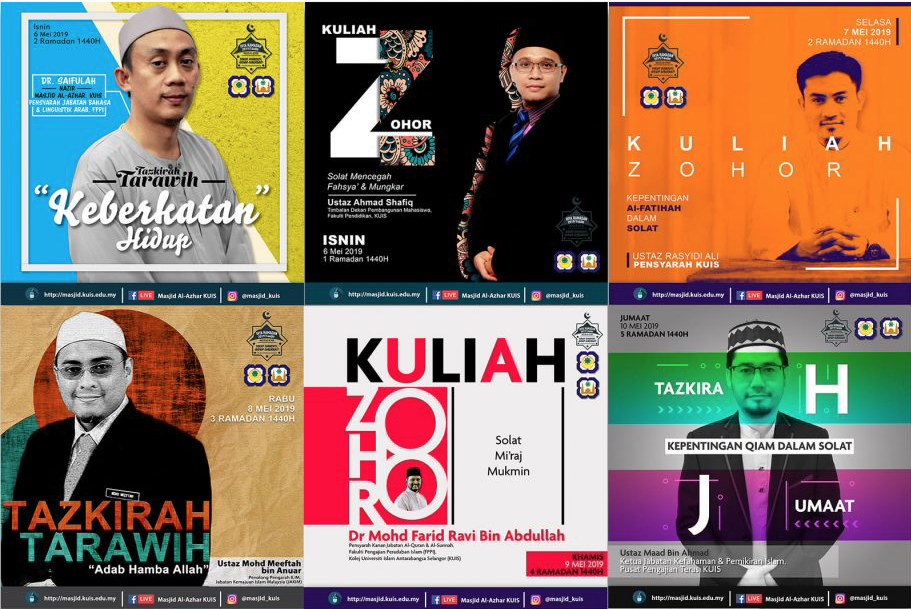
Marking Rubric
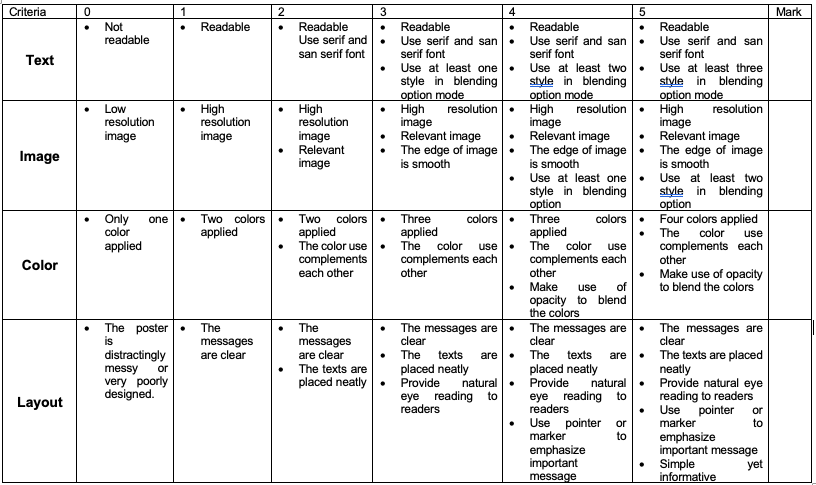
GROUP PROJECT (4 persons)
TITLE: CREATIVE VIDEO
Students are required to prepare a project storyboard. The storyboard must use computer generated (Microsoft PowerPoint / any presentation tool ) format.
*please include important information (group members’ name, matrix no., group name, group (class) on your project storyboard cover.
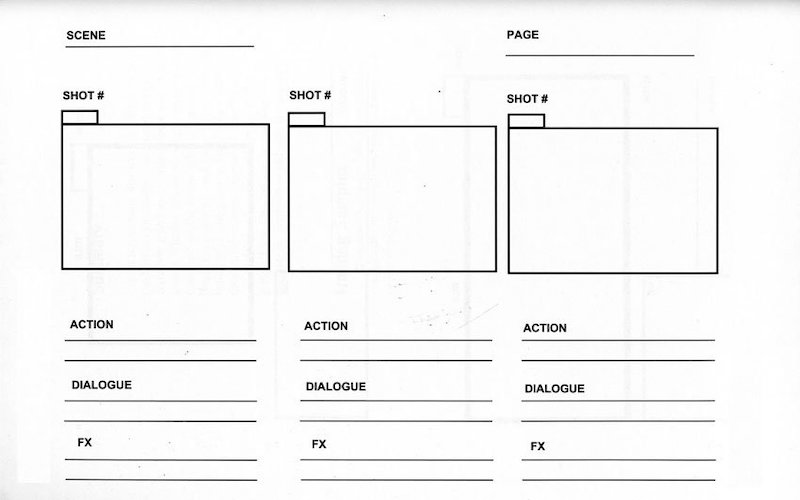
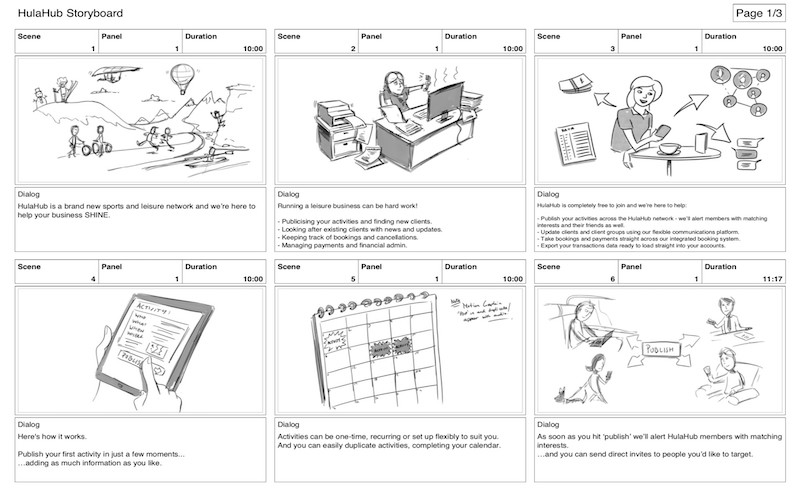
Marking Rubric:
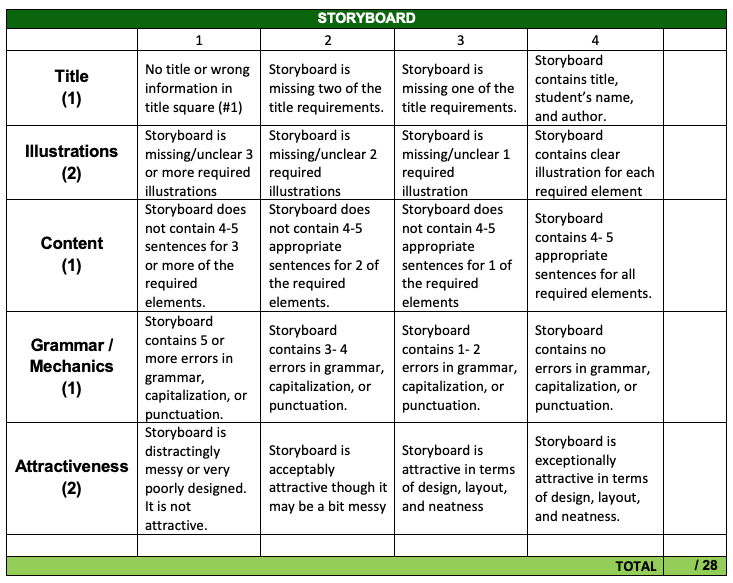
VIDEO PROJECT GUIDELINES
Duration : 5 to 7 minutes
Delivery medium : YouTube Channel
Language : English/Malay
Subtitle : English/Malay
Features : Green screen, transition, music background, sound effect, spoken speech
You can choose any theme listed for your video.
Marking Rubric:
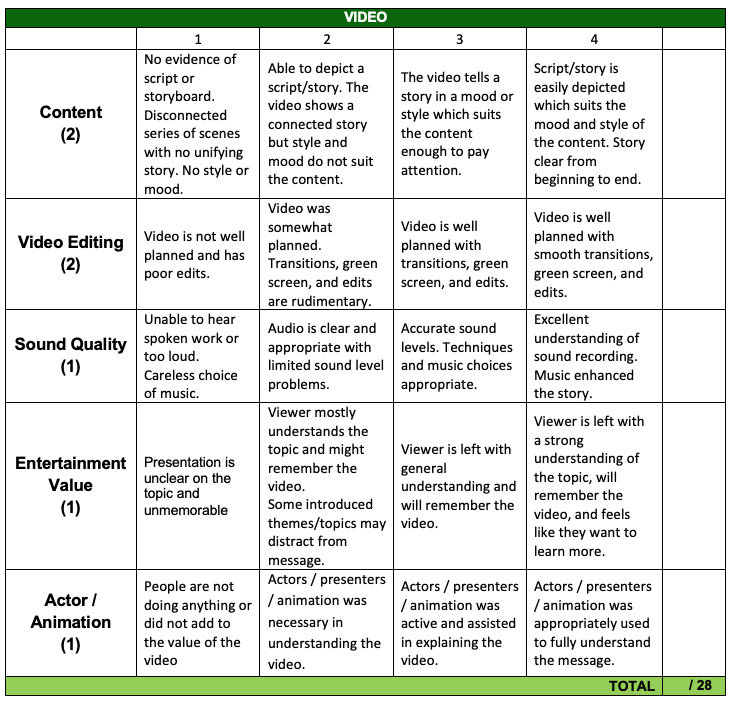
Time: 9 – 12 PM
All chapters included.
This course will introduce the essential topics in multimedia application development. It includes concepts in hypermedia, basic process and techniques in multimedia application development such as effective combination of audio, video, animation and graphics. Beside that, the implications of data storage and retrieval methods and also the role of teamwork in multimedia application development will also be highlighted. It will also discuss on multimedia computer hardware, current multimedia software packages, multimedia application concepts, data manipulation, file formats, media storage and memory management and configurations. Applications of multimedia for mobile and the Internet will also be emphasized.
At the end of the course, students should be able to:
| Topic | Remarks |
|---|---|
| WEEK 1 (11/10 – 15/10) Course introduction | Start Entrance Survey (11-24 October) |
| WEEK 2 (18/10 – 22/10) Chapter 1 – Introduction 1.1 Basic definition 1.2 Media of Delivery 1.3 Common Usage of Multimedia 1.4 Understanding Virtual Reality | Lecture note 1: Introduction Lab 1 & 2: Adobe Photoshop/Photopea (Installation) |
| WEEK 3 (25/10 – 29/10) Chapter 2 – Text 2.1 Importance of Text 2.2 Attribute of Text 2.3 Usage of Text in Multimedia 2.4 Usage of Text in Computer 2.5 Font Editing and Design Tools | Lecture note 2: Text Lab 3 & 4: Adobe Photoshop/Photopea |
| WEEK 4 (1/11 – 5/11) Chapter 3 – Graphic & image 3.1 Beginning to Create Images 3.2 Creating Still Images 3.3 Understanding Colors 3.4 File Formats | End Entrance Survey Lecture note 3: Graphic Lab 5, 6 & 7: Adobe Photoshop/Photopea |
| WEEK 5 (8/11 – 12/11) Chapter 4 – Sound 4.1 Introduction to Sound 4.2 Multimedia System Sound 4.3 Digital Audio 4.4 MIDI Audio 4.5 Comparing Digital to MIDI Audio 4.6 Creating and Editing Digital Audio Files 4.7 MIDI versus Digital Audio 4.8 File Formats 4.9 Applying Sound to Multimedia Project | Start Individual Assignment- 20% Lecture note 4: Sound Lab 8: Audacity |
| WEEK 6 (15/11 – 19/11) Chapter 5 – Animation 5.1 Introduction to Animation 5.2 Principles of Animation 5.3 Traditional Animation? 5.4 Computer Animation 5.5 File Formats 5.6 Creating Animation | Lecture note 5: Animation Lab 9 & 10: Audacity |
| (22/11 – 26/11) | CUTI KHAS PERAYAAN |
| WEEK 7 (29/11 – 3/12) Chapter 6 – Video 6.1 Introduction to Video 6.2 How Video Works and Displayed 6.3 Playing Back Digital Video Files 6.4 Shooting and Editing Video 6.5 File Formats | Submit Individual Assignment- 20% (3/12/2021) Lecture note 6: Video Lab 11: Adobe Premier/Filmora |
| WEEK 8 (6/12 – 10/12) Chapter 7 – Multimedia development 7.1 Stages of Multimedia Project 7.2 Project Requirements 7.3 Team and Skillsets | Test 1 (Topic 1 – 6) – 10% (8/12/2021) Start Group Project- 20% Lecture note 7: Multimedia development Lab 12: Adobe Premier/Filmora |
| WEEK 9 (13/12 – 17/12) Chapter 8 – Hardware for development 8.1 Popular Platforms 8.2 Various Type of Connections 8.3 Memory and Various Storage Devices 8.4 Various Input and Output Devices | Lecture note 8: Hardware for development Lab 13: Adobe Premier/Filmora |
| WEEK 10 (20/12 – 24/12) Chapter 9 – Software for development 9.1 Text Editing and Word Processing 9.2 OCR Software 9.3 Painting and Drawing Tools 9.4 3-D Modeling and Animation Tools 9.5 Image-Editing Tools 9.6 Sound Editing Tools | Submit project storyboard- 5% (24/12/2021) Start Student Feedback Online (SuFO) Lecture note 9: Software for development Lab 14: Adobe Animate/Flash |
| (27/12 – 31/12) | CUTI KHAS PERAYAAN |
| WEEK 11 (3/1 – 7/1) Chapter 10 – Authoring multimedia elements 10.1 Introduction to Authoring Systems 10.2 Types of Authoring Tools 10.3 Choosing Authoring Tools 10.4 Testing 10.5 Preparing for Delivery | Lecture note 10: Authoring multimedia elements Lab 15: Adobe Animate/Flash |
| WEEK 12 (10/1 – 14/1) Chapter 11 – The internet and multimedia 11.1 History of Internet 11.2 Internetworking 11.3 Making Multimedia for the Web | Lecture note 11: The internet and multimedia Lab 16: Group project preparation |
| WEEK 13 (17/1 – 21/1) Chapter 12 – Mobile multimedia 12.1 Digital Revolution 12.2 Mobile Hardware 12.3 Various Types of Connections 12.4 Mobile Platform 12.5 Programming Mobile Applications | Submit Group Project- 20% (25/1/2022) Start Exit Survey (17-30 January 2021) Start Exit Student Feedback Online (SuFO (20/12/2021 – 6/2/2022) Lecture note 12: Mobile multimedia Lab 17: Group project preparation |
| WEEK 14 (24/1 – 28/1) Group project presentation | Test 2 (Topic 7 – 12) – 10% (26/1/2022) Video Project submission (25/1/2022) Exit Survey Exit Student Feedback Online (SuFO) |
| (31/1 – 4/2) | Study week |
| WEEK 15 (7/2 – 11/2) Final assessment- 40% | Final examination (10/2/2022) Example of past year questions |
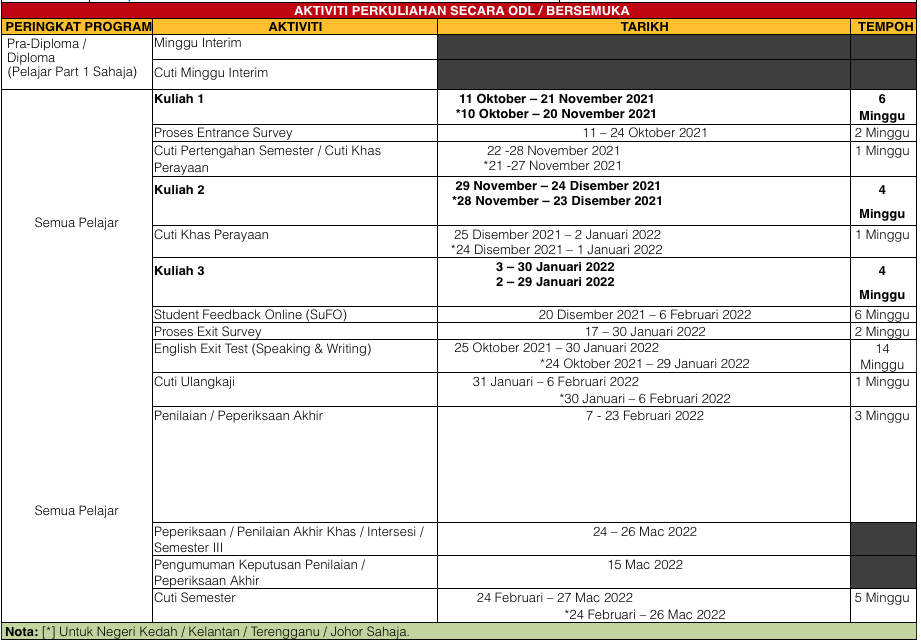
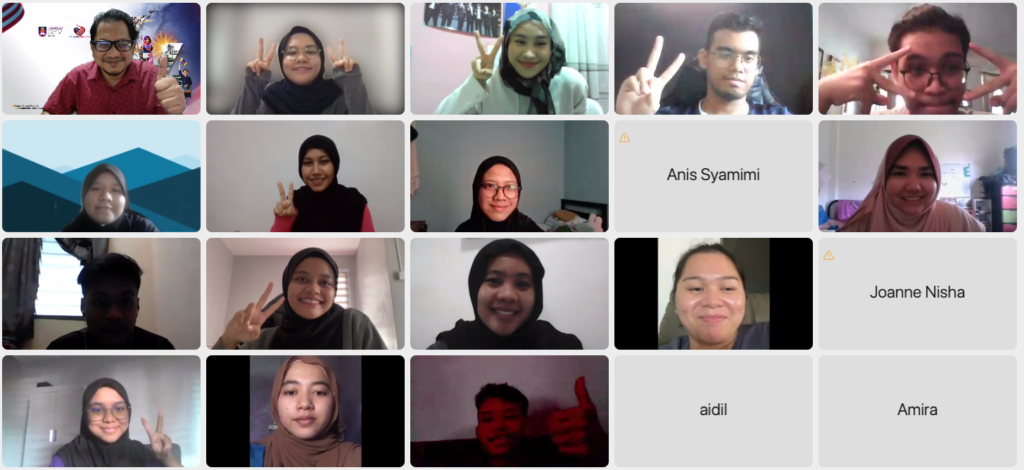
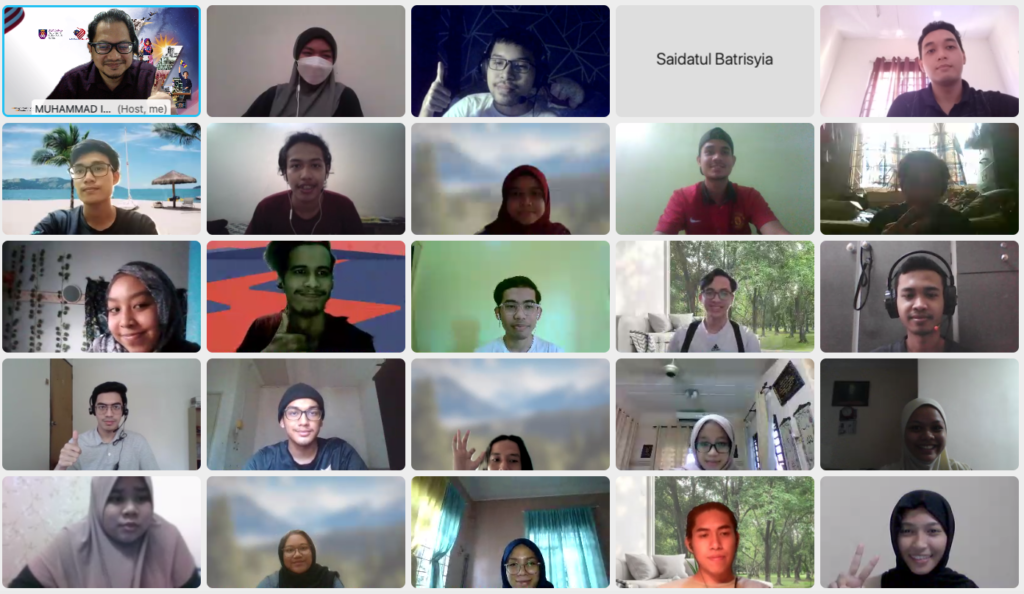
Chapter 1 – Introduction to multimedia

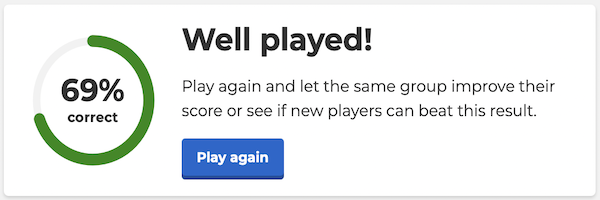
Chapter 2 – Text
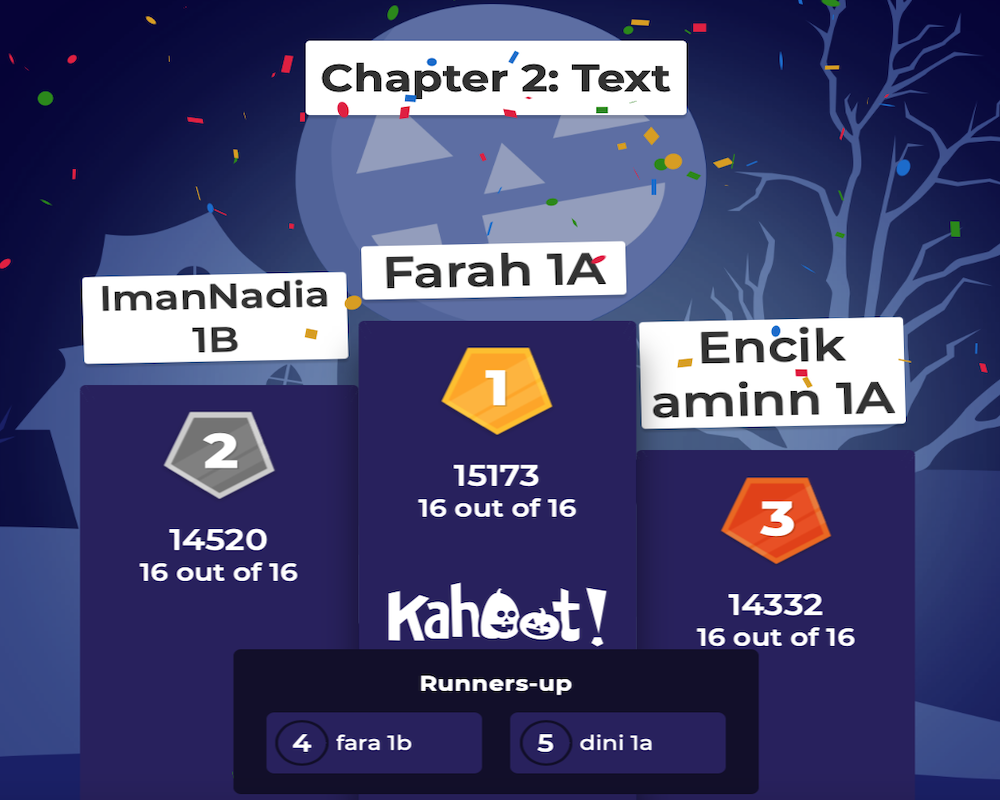

Chapter 3 – Graphic & image
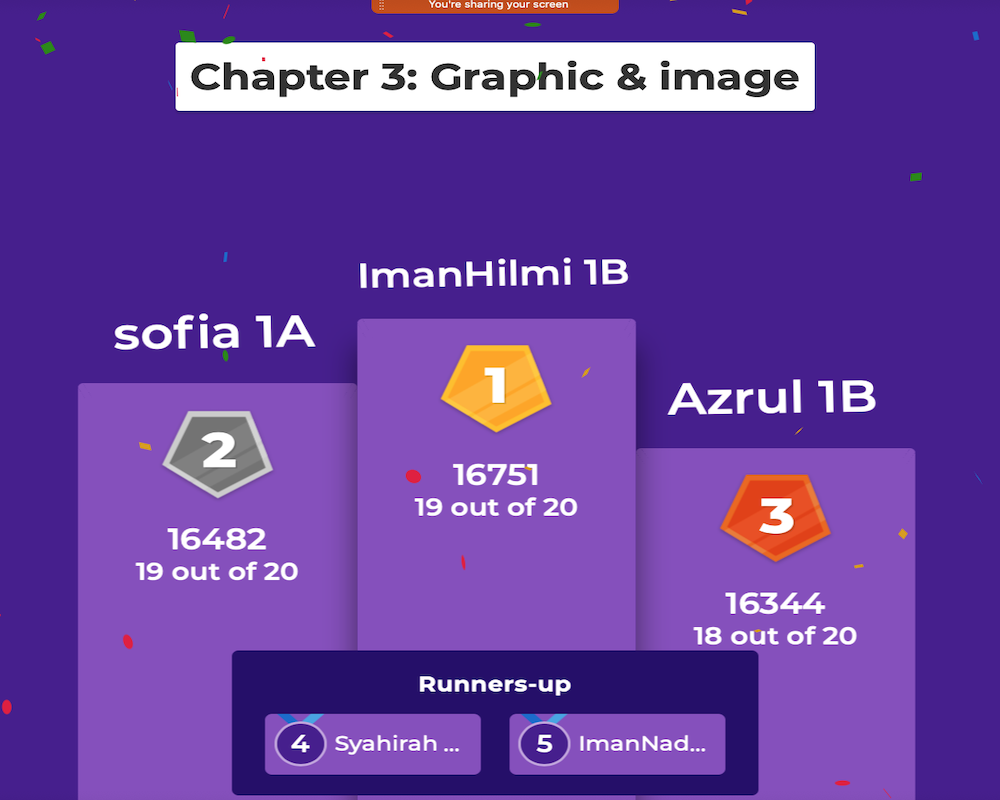
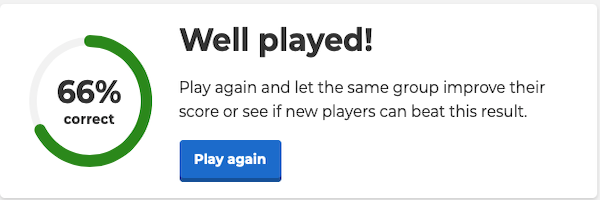
Chapter 4 – Sound
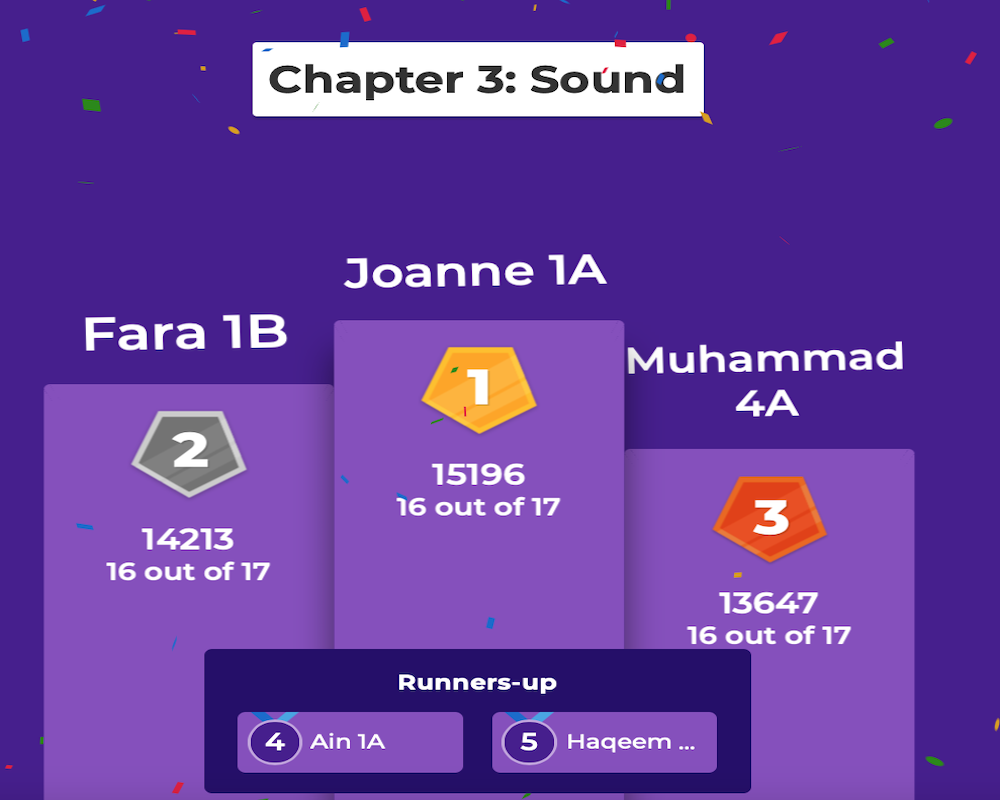
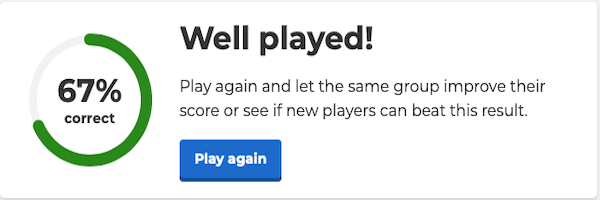
Chapter 5 – Animation
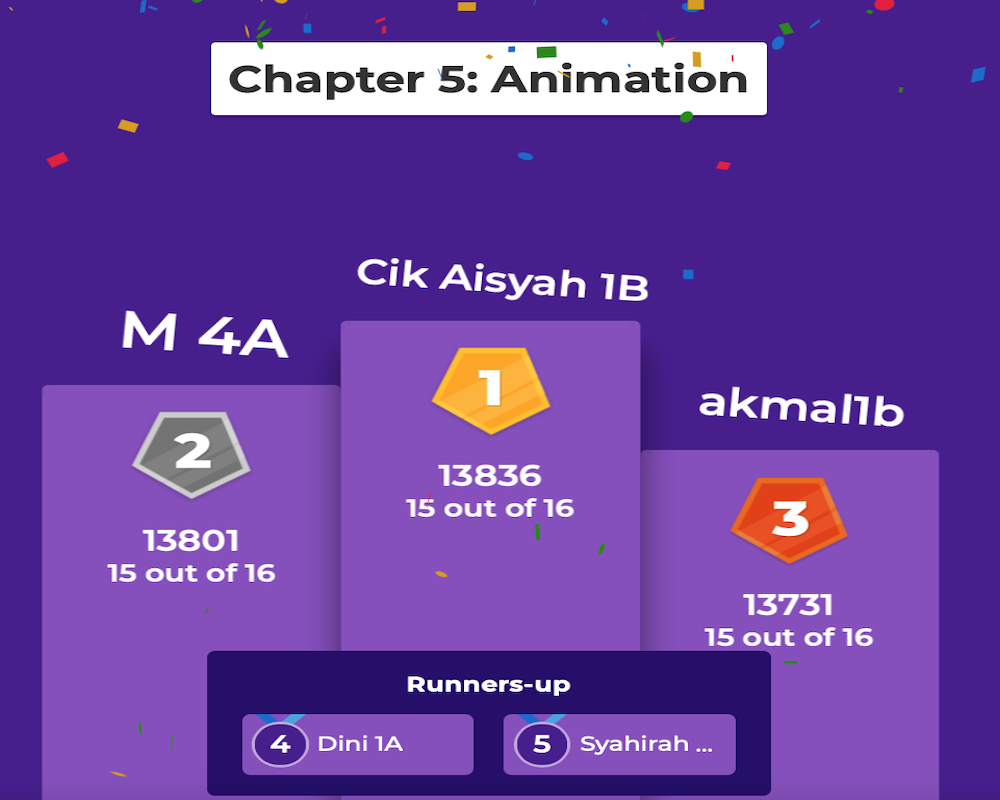
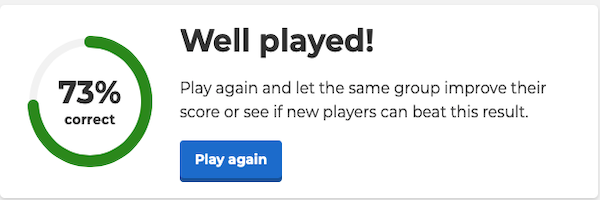
Chapter 6 – Video
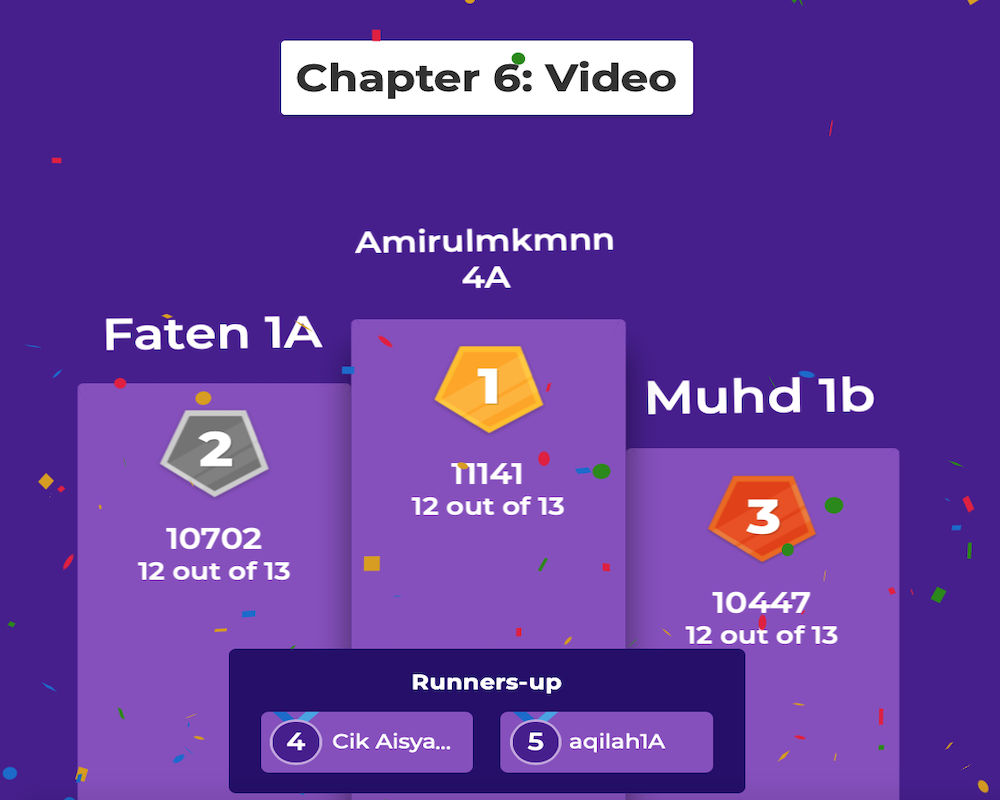
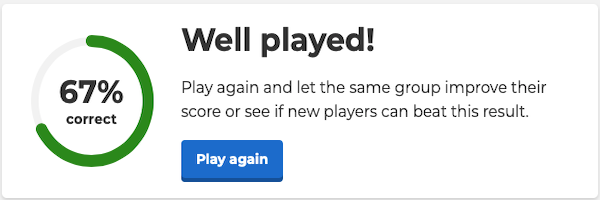
Chapter 7 – Multimedia development
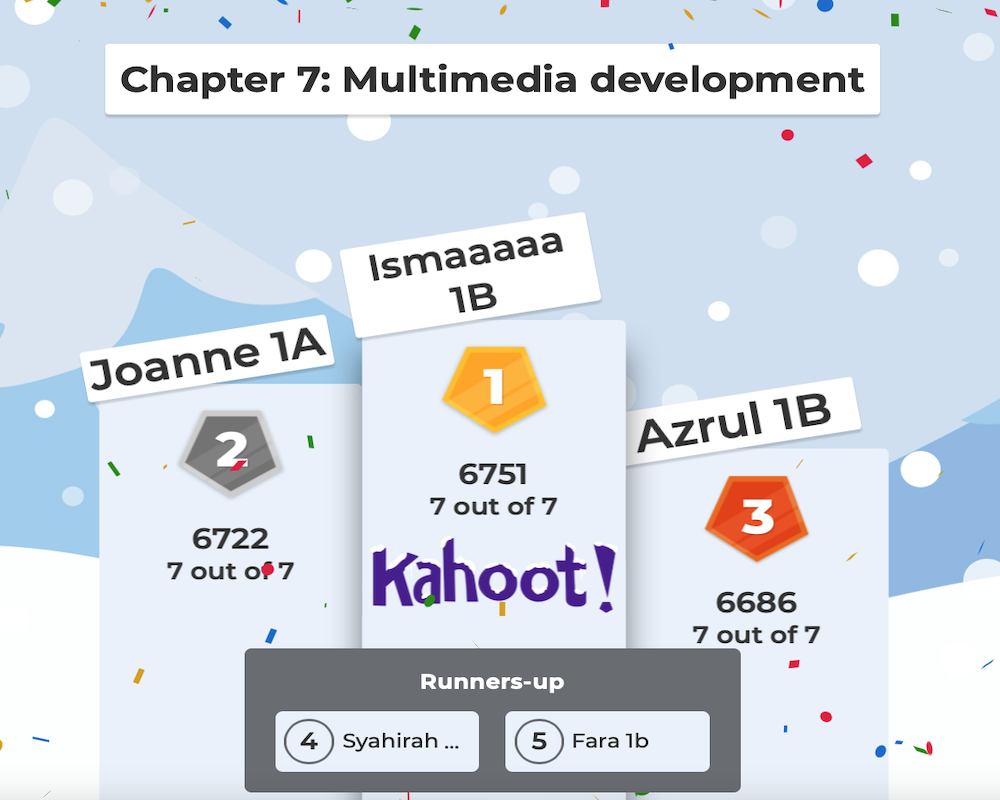

Chapter 8 – Hardware for development
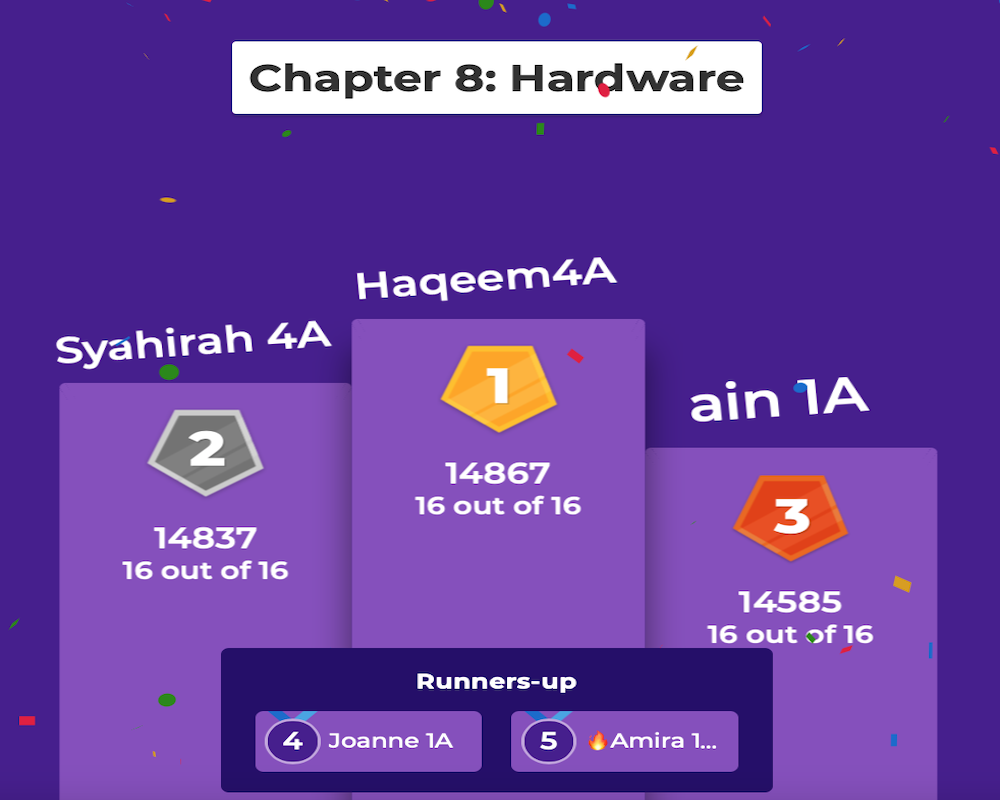

Chapter 9 – Software for development
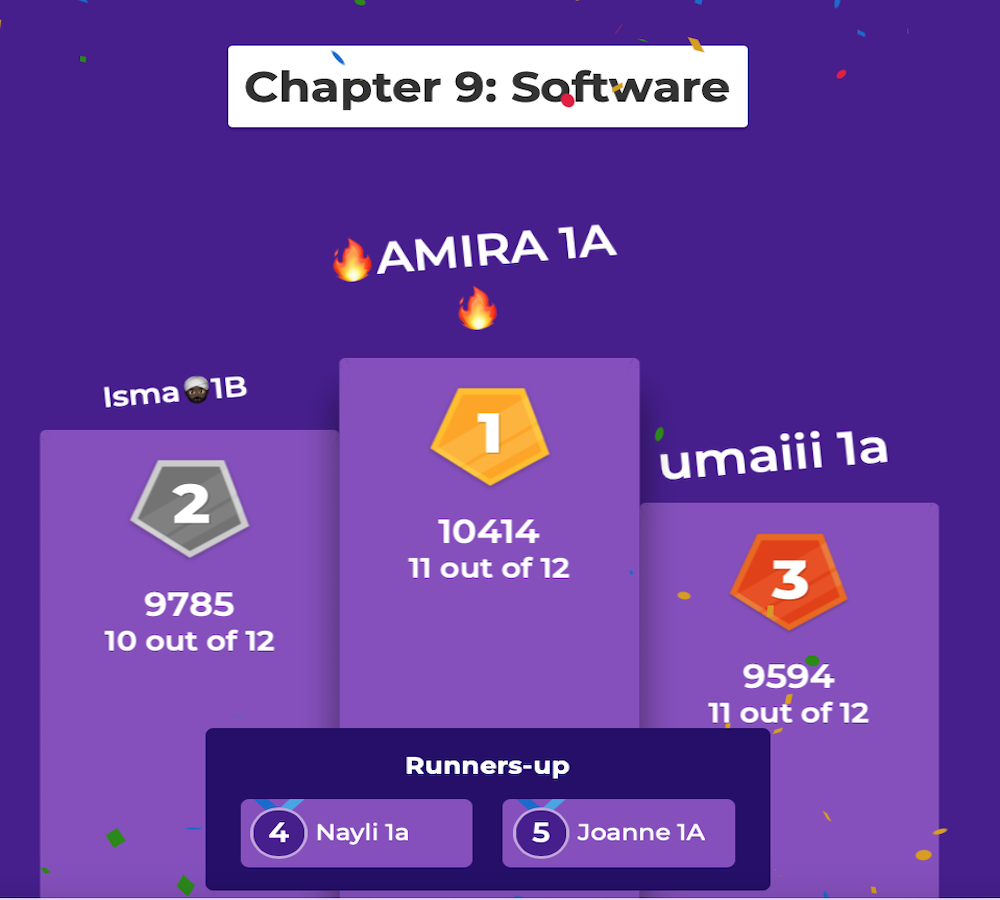

Chapter 10 – Authoring multimedia elements


Chapter 11 – The internet and multimedia


Chapter 12 – Mobile multimedia

